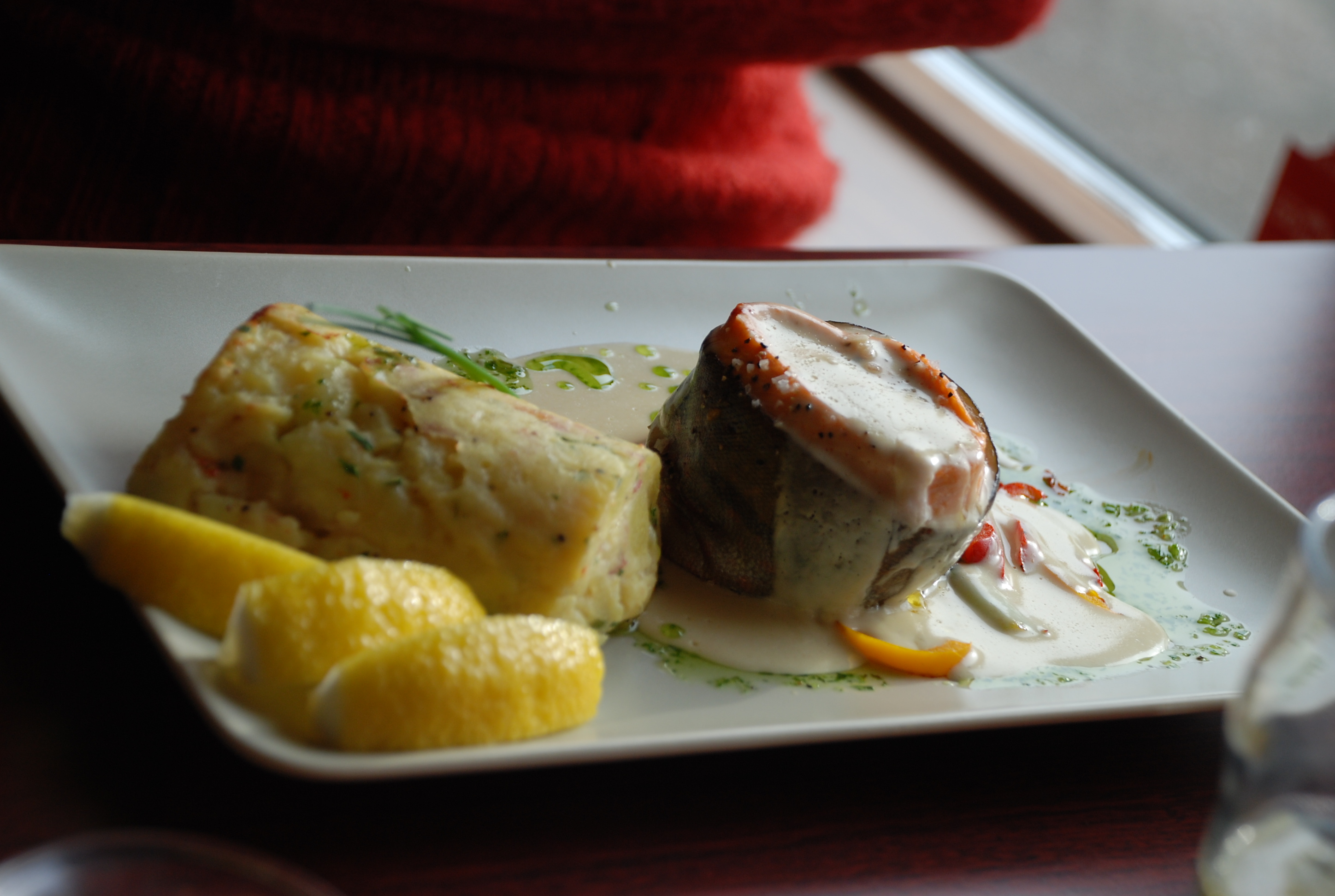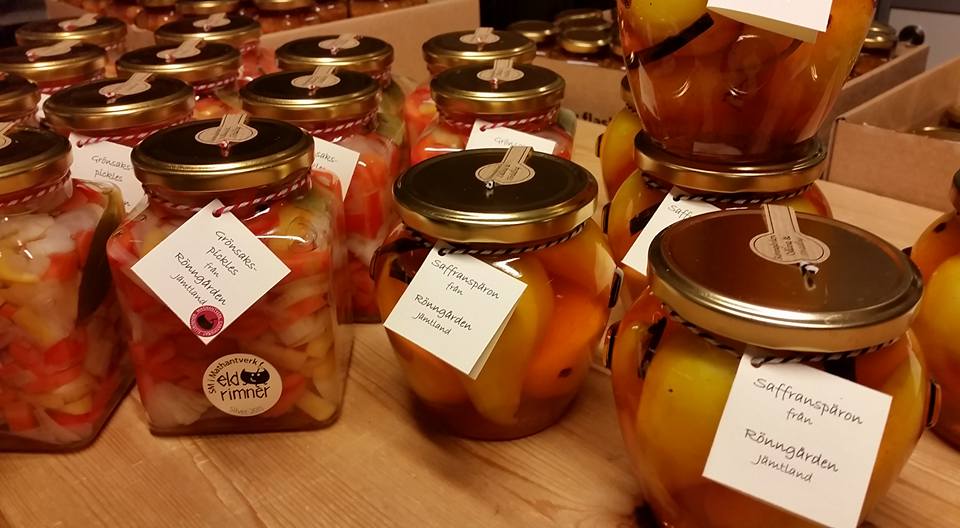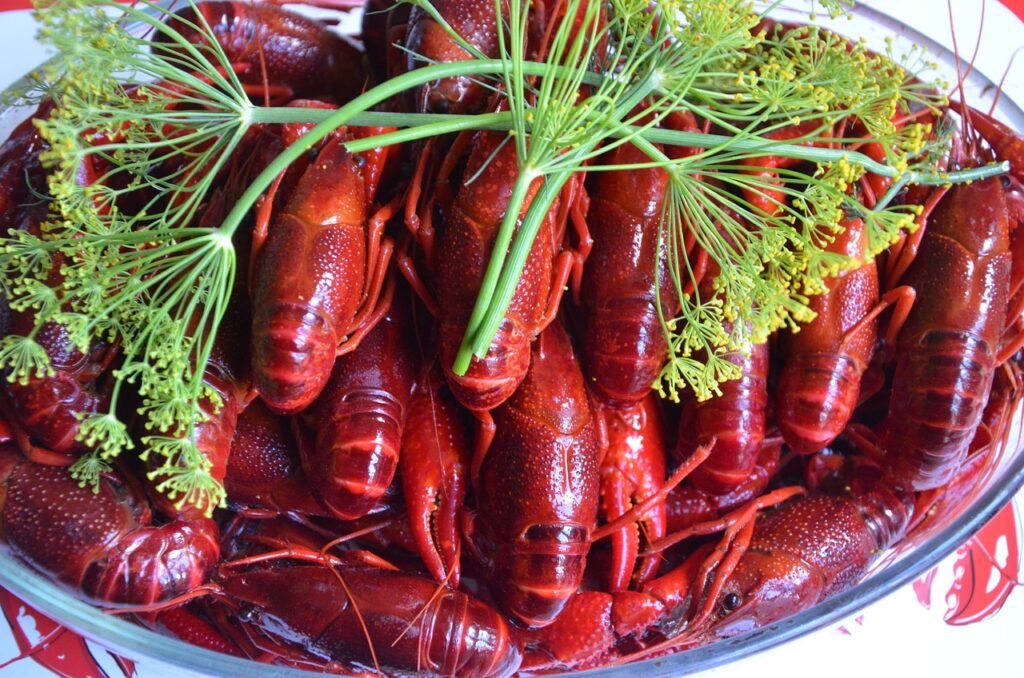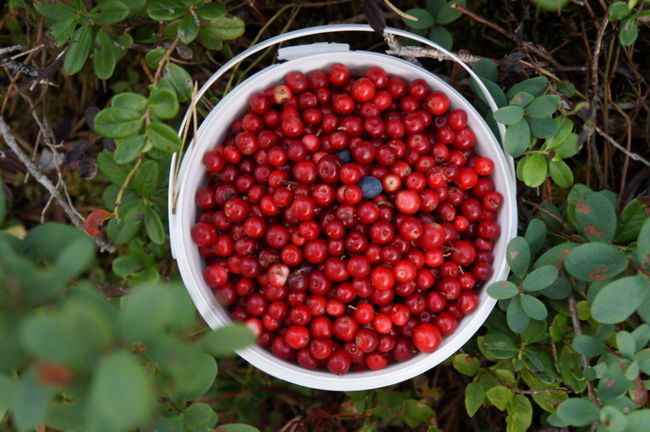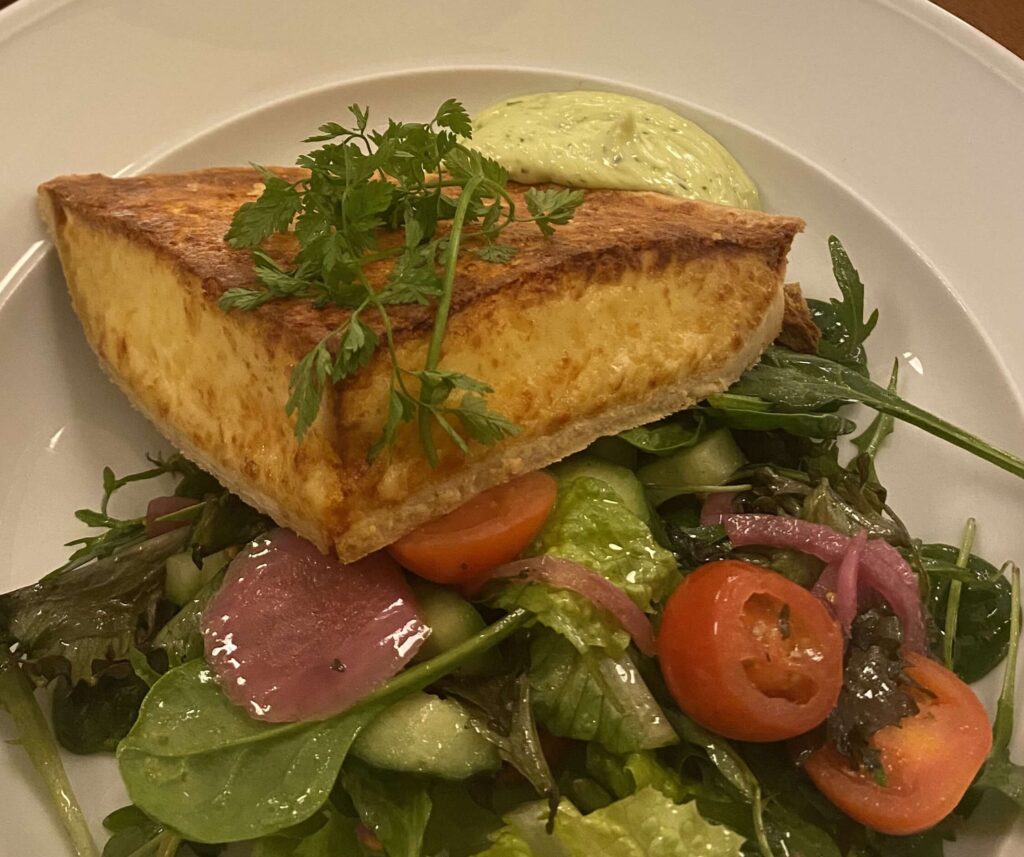10 Facts about Sweden’s Food Culture
When people think about Swedish cuisine, they probably think about meatballs and lingonberry. Actually, Sweden has a rich culinary scene that is influenced by Sweden’s history, geography, and culture, that balances simplicity with complex flavours. Reflecting the ingenuity of its people, Swedish food ranges from hearty winter dishes to light summer entrées, resulting in a deep connection to the land and seasons.
This article will give you 10 facts about Sweden’s food, the traditions of Swedish cooking, exploring iconic dishes, and the cultural practices that shape its distinct identity.
1. Sweden Didn’t Know About Potatoes Until Late 18th Century
The adoption of potatoes in the late 18th century marked a significant shift in Swedish agriculture and diet. Introduced initially as a garden crop, potatoes thrived in Sweden’s soil and climate, gradually becoming a staple food by the early 19th century.
Their versatility and nutritional value transformed Swedish cuisine, providing a reliable food source that complemented traditional dishes and supported the population’s growth.
2. The Importance of Salt and Preservation
The history of Swedish cuisine relates to the country’s climatic challenges and geographical disadvantage. With long, harsh winters and short growing seasons, preservation played an important role in ensuring food availability all year round.
Salt, an essential preservative, was crucial for curing meat and fish, allowing them to be stored for extended periods. This technique not only secured food supplies during the cold months but also influenced the flavours that define Swedish food, with dishes like “gravlax” (cured salmon) and “surströmming” (fermented herring) becoming staples.
3. The Story of “Husmanskost”
“Husmanskost”, translating to houseowner’s toll, is what makes Swedish cuisine unique. This concept includes a range of simple, filling dishes that originated from the need to create nutritious, satisfying meals from limited ingredients available to rural households.
Rooted in the practices of self-sufficiency and sustainability, “husmanskost” reflects a deep appreciation for local, seasonal produce. Over time, “husmanskost” has evolved, taking in influences from French, Italian, and other cuisines, yet its essence remains a testament to Swedish culinary heritage, emphasizing comfort, community, and connection to the land.
If you want to experience authentic “Husmanskost”, then we suggest you to book a holiday in the countryside! The locals know their way around traditional Swedish dishes and would love to share the stories behind each food!
4. Crayfish Parties
Crayfish parties are a beloved late summer tradition in Sweden, celebrating the start of the crayfish fishing season. These gatherings are characterized by outdoor dining, with lanterns and decorations, where friends and family enjoy crayfish cooked in a brine of salt and dill, to be enjoyed with bread, cheese, and strong spirits.
The relatively new tradition dates back to the early 20th century when restrictions on crayfish harvesting were in effect, and it has since become a typical part of Swedish summer. The restrictions were in place because crayfish were considered a luxury dish, just like lobsters. However, the state feared that this might lead to overfishing, so to preserve this delicacy, a restriction was placed.
5. Eat Until You Feel “Lagom”
The principle of lagom (just the right amount) is clear in the moderation and simplicity of Swedish meals. Dining was often communal, but less today, with family and friends gathering to share food, especially during holidays like Midsummer and Christmas. You would have plenty of food on the table, but you don’t stuff yourself. You rather stop when you feel “lagom” to make sure that you would enjoy the meal as much as you do now for the next gathering.
The tradition of “fika”, a coffee break with pastries, emphasizes the importance of pause and taking a breather in daily life. The Swedish solution of work-life balance is to be “lagom” through “fika”.
6. Lingonberries: Sweden’s Superberry
Among the treasures of Swedish forests, lingonberries hold a special place in both the kitchen and the culture of the country. Lingonberries are considered Sweden’s superberry due to their high content of vitamins, antioxidants, and nutrients that have been linked to numerous health benefits.
Beyond their culinary and health benefits, lingonberries serve as a cultural symbol, representing the Swedish lifestyle and values. Such as, respecting “allemansrätten” (the right of public access), which allows people to roam freely in nature and pick wild berries and mushrooms. Lingonberries symbolize the importance of nature, sustainability, and health in Swedish society.
7. The Protected Kalix Caviar
Kalix caviar, made from the roe of vendace caught in the cold, clean waters of the Kalix River, is protected by the European Union’s Protected Designation of Origin (PDO) status. This recognition acknowledges its unique quality and cultural importance, preserving the traditional methods of production.
Kalix caviar is known for its delicate flavour and is often served on toast with sour cream and chopped onions. To be called Kalix Caviar, it needs to have come from Kalix region and it is considered a luxury.
8. Västerbottensost: The Cheese That Cannot Be Made Anywhere Else
Västerbottensost is a hard cheese with a distinct character and taste, aged for at least 14 months. It originates from the Västerbotten region, where it has been produced since the 1870s. Despite attempts to produce it elsewhere, it is said that the true Västerbottensost can only be made at the original dairy in Burträsk.
It could be due to a unique combination of local bacteria, climate, and perhaps even the specific feed given to the cows contributes to its unique flavour. This cheese is a staple of the Swedish “smörgåsbord” and is particularly prized in the iconic Västerbotten pie.
9. Who Likes Licorice?
Swedes have a longstanding love for licorice, especially salty licorice, a flavour that might surprise those unfamiliar with its distinctive taste.
This love affair with licorice dates back to the pharmacists of the 19th century, who sold licorice as a remedy for various diseases. Today, licorice is found in candies, ice creams, and even alcoholic beverages, adored for its unique and bold flavour.
10. Lots of Herrings
Herring has been a vital source of protein for centuries, and it was easier to fish than hunt. There are plenty of herrings in Sweden.
The development of preservation methods like pickling and smoking allowed herring to be stored, becoming a key component of the Swedish diet. It plays a main role in celebrations and “smörgåsbord”, showcasing the significance of preservation in Swedish culinary traditions.




